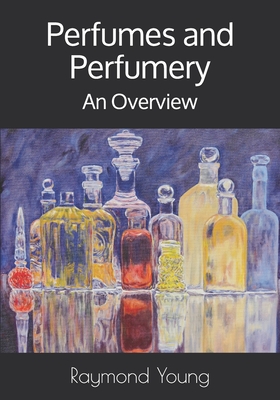This treatise provides a broad overview of the many important aspects involved in the creation of perfumes and a fundamental understanding of the chemical basis of perfumery. The emphasis is on the development of fine fragrances for both students and those seeking a more in-depth knowledge of perfumery.This book is divided into five chapters: Essential Oils and Odorants, Perfumes - History and Modern Perfumery, Creation of a Perfume, Chemistry of Odorants and the Physiology and Theories of Smell. The first chapter covers the characteristics and isolation of some important essential oils from plant blossoms, leaves, roots & rhizomes, fruits, seeds, wood & bark, and plant exudates (resins). Also included in this chapter is a description of the characteristics of odorants from animal sources. Additional information about the chemical composition of many essential oils is covered in a later chapter on Chemistry of Odorants.The basic structure and composition of perfumes is given in a separate chapter and more detailed descriptions are given for some of the historically important perfumes. Methods of training for perfumery are reviewed and several approaches for composing new fragrances are described in the chapter on Creation of Perfumes. The increasing use of computer technology and artificial intelligence in perfumery is also described.The chapter on the Chemistry of Odorants clarifies the structural character of the many aroma components utilized in perfumes. It is important to note at that many of the chemical constituents derived from plants can be produced synthetically in the laboratory and many of the ingredients in perfumes on the market today are synthetic rather than plant derived. The final chapter covers the Physiology of Smell and the complicated Theory of Smell. The molecular structure and vibrational theories of smell are described and conclusions are reached about the most probable mechanism of smell.











